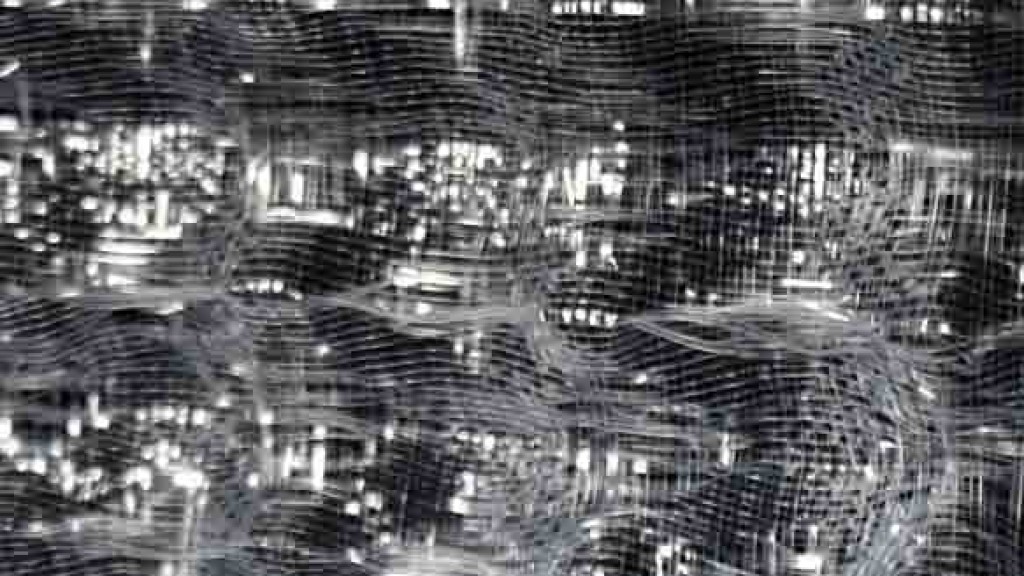Resources - Blog Video
Craft, Recycling and the Frustrated Maker

Wuthigrai Siriphon is a Thai lecturer, weaver and designer. He recently received an MA Textiles from the RCA with a project on the development of hand woven textiles to encourage the young generation of weavers. This included works using hand-cut PET plastic bottle yarns.
The idea of reusing and recycling has been with me for years. When I was a student in a primary school in Thailand, a teacher told me to collect aluminium lids from glass bottles to make a dust mat. I was taught to flip the lids upside down, fill and nail them onto a wooden board. It was pretty productive and practical. However, no one had mentioned what we should do when the mat became rusted and looked too terrible to sit outside my house: so I simply threw it away. The product life cycle meant nothing in my head.
In my secondary school, I entered a recycled costume competition organized by the local municipality and won the first prize together with some money. The black mermaid dress was made out of bin bags, and was decorated with crisp bags that I collected and made into small butterflies, turning them the metallic side out. It was very cheeky because the bin bags were all new and, of course, no one would reuse them. Setting aside the bin bags, how could I recycle the crisp bags? It did not even occur to me that I needed to think about that. Using the waste material was good enough. The idea of true recycling did not exist to me. Recycling, reuse and down-cycling through craft were confused.
Years after that, when graduating from university, I attended a sustainable design contest organized by two major private organizations in Thailand. As a team, we submitted a collection of hand woven rugs made from cotton, fluffy yarns left over from the main production and bamboo sticks. Although we thought that they could be sustainably produced and biodegradable we were not aware that cotton production could be much more intensive than that of polyester.
My point is that the concepts of the circular economy, sustainability and recycling are pretty complex, and include many factors. Mis-information or shallow understanding about recycling is a problem in wider society and in education. It is even more complicated when it needs to meet artistic requirements. Last year when I wanted to work with a recycled material for my MA project, it was very frustrating.
I am a weaver and I wanted to hand-weave yarns made by cutting plastic bottles as I thought it would be quite exciting. However, I was faced with two problems: one was to make it reasonably sustainable and another was to make it distinctively beautiful. In woven textiles it is very normal to mix colours and textures as these are, for me certainly, key elements of design. But the more colours and different materials I used, the less sustainable my design would be. Although using a single material, a plastic bottle alone, meant the textile could be put back into the industrial recycling process at the end of its life, doing this meant it looked like just a piece of cheap plastic, and not worth working with). I tried both ways and neither worked. I then faced a dilemma.
Among discussions with my tutors and friends, sustainability is a very fine point and difficult to succeed in. Negotiation between sustainability and artistic needs are endless and often we need to let one side down, to some degree. I felt that as a craftsperson, it was far easier to let the sustainability side down than the artistic. However, as a designer, I believed that I would be failing if the project were not sustainable. It felt all or nothing. Negotiation might mean weakness in the design process and the product would be just another piece of tat. It might look nice but it would be like the beauty without a brain.
My project, finally and luckily, ended well as using a pure, single material proved to be by far the best way to work with PET plastic bottles. I know that this was a result of the design process and just as much of luck. I thought of dropping it many times. For me, truly sustainable design is very difficult to reach and in the craft process, it seems very easy to be lured away by making and adding.





